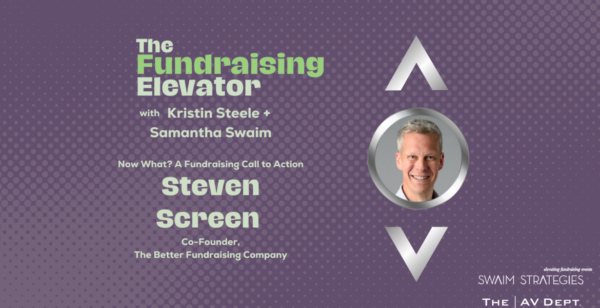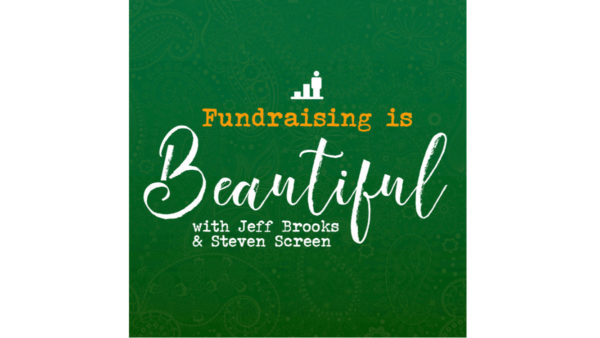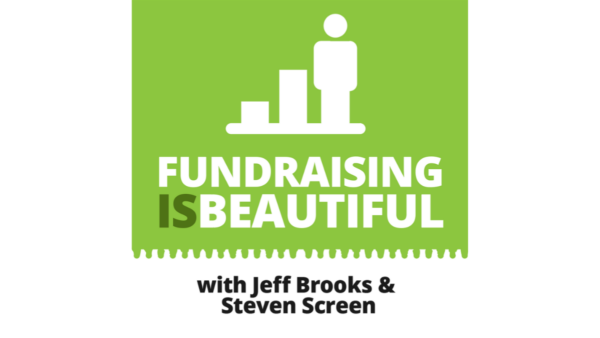How do you keep going in a time of financial uncertainty? How does a nonprofit respond to outside shocks like funding cuts, and how should your fundraising change?
Steven responds to these questions and more in this video podcast from The Fundraising Elevator. Hosts Samantha and Kristin ask Steven what strategies to use to encourage donor giving, and whether it’s possible for fundraising – and nonprofits – to thrive even now.
Once you’ve watched the video, click here to download the White Paper that Steven describes as a vital resource.



